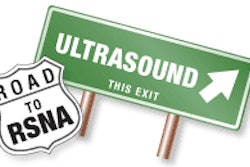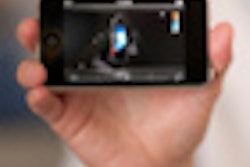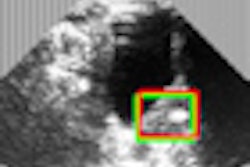Thursday, December 1 | 10:30 a.m.-10:40 a.m. | SSQ15-01 | Room S102D
A Dutch team has found that while ultrasound has good sensitivity and specificity for finding hepatic steatosis in obese adolescents, it does not have acceptable positive post-test probability.As in adults, pediatric nonalcoholic fatty liver disease (NAFLD) is associated with components of metabolic syndrome and cardiovascular disease. Because NAFLD-related liver complications have been observed in children, it's important to detect, monitor, and treat NAFLD in childhood, according to presenter Dr. Anneloes Bohté, from the Academic Medical Center at the University of Amsterdam.
Ultrasound has been shown to have adequate accuracy for detecting moderate and severe hepatic steatosis in adults, but few studies have investigated its accuracy in the obese pediatric population, Bohté said.
As a result, the researchers sought to study the modality's diagnostic accuracy in this patient population. They also wanted to underline the relevance of a diagnostic test's predictive values.
The group found that ultrasound alone can't be used to predict the presence and severity of hepatic steatosis in obese adolescents. A positive ultrasound study requires additional MR imaging or MR spectroscopy to further specify the presence and severity of hepatic steatosis, according to Bohté.
"Ultrasound, however, has acceptable accuracy to predict the absence of substantial hepatic steatosis in severely obese adolescents," Bohté said. "This is different from the obese adult population, where the prevalence of liver steatosis is higher: A higher disease prevalence implicates higher positive predictive values and lower negative predictive values for diagnostic tests."




















